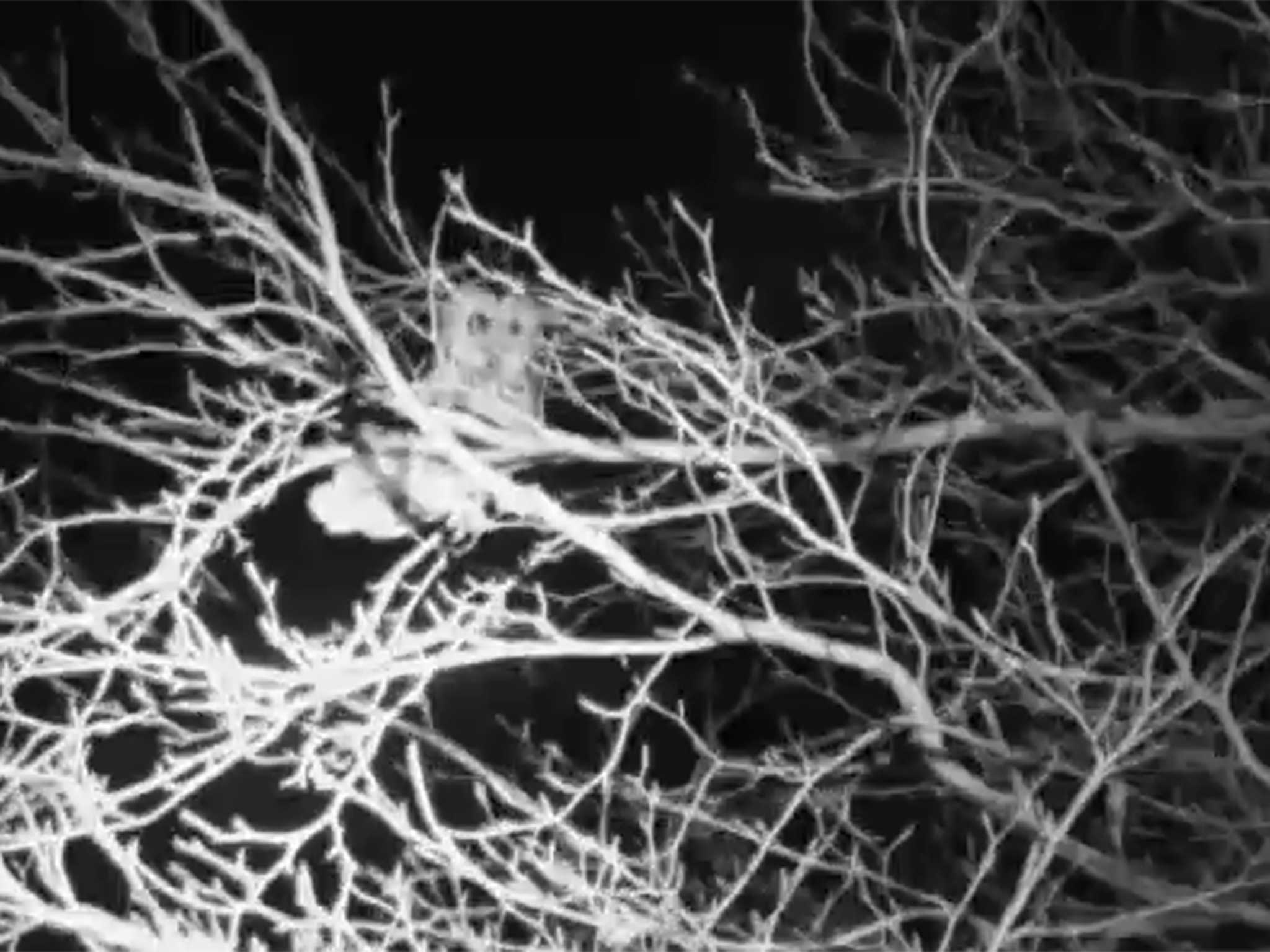Dutch town terrorised by rogue owl attacks
European eagle owl is among the world's largest owl species and has been preying on the inhabitants of a northern Dutch town

Your support helps us to tell the story
From reproductive rights to climate change to Big Tech, The Independent is on the ground when the story is developing. Whether it's investigating the financials of Elon Musk's pro-Trump PAC or producing our latest documentary, 'The A Word', which shines a light on the American women fighting for reproductive rights, we know how important it is to parse out the facts from the messaging.
At such a critical moment in US history, we need reporters on the ground. Your donation allows us to keep sending journalists to speak to both sides of the story.
The Independent is trusted by Americans across the entire political spectrum. And unlike many other quality news outlets, we choose not to lock Americans out of our reporting and analysis with paywalls. We believe quality journalism should be available to everyone, paid for by those who can afford it.
Your support makes all the difference.Residents of a northern Dutch town have been forced to carrying umbrellas at night for protection after a spate of vicious attacks by a rogue owl.
The attacks, thought to be the work of a European eagle owl, have landed dozens with serious injuries over the past two weeks.
In the most recent incident, two members of the local athletics team were attacked, with one member requiring a tetanus shot after the owl accosted him. In another confrontation, one individual required stitches for five separate head wounds.
Pumerend’s residents have been advised to arm themselves with umbrellas against the bird, one of the world’s largest owl species. A full grown European eagle owl can weigh up to three kilograms and possesses a wingspan of roughly 6ft.
Residents of the local care home, nearby the location of many of the attacks, have been left terrified by the nocturnal vigilante.
"During the day there's no problem, but at night we now only venture outside armed with umbrellas, helmets and hats, anything really, to protect ourselves,” spokesperson Liselotte de Bruijn of Prinsenstichting home for the disabled told AFP.
Wildlife experts remain perplexed at the owl’s unusual behaviour.
The bird usually feasts on small mammals – such as small mammals or other birds – but local animal trainers believe that the owl may have been bred in captivity and has learnt to associate humans with food.
Another theory is that the owl’s hormone levels may have dramatically increased in the run-up to breeding season.
Join our commenting forum
Join thought-provoking conversations, follow other Independent readers and see their replies
Comments